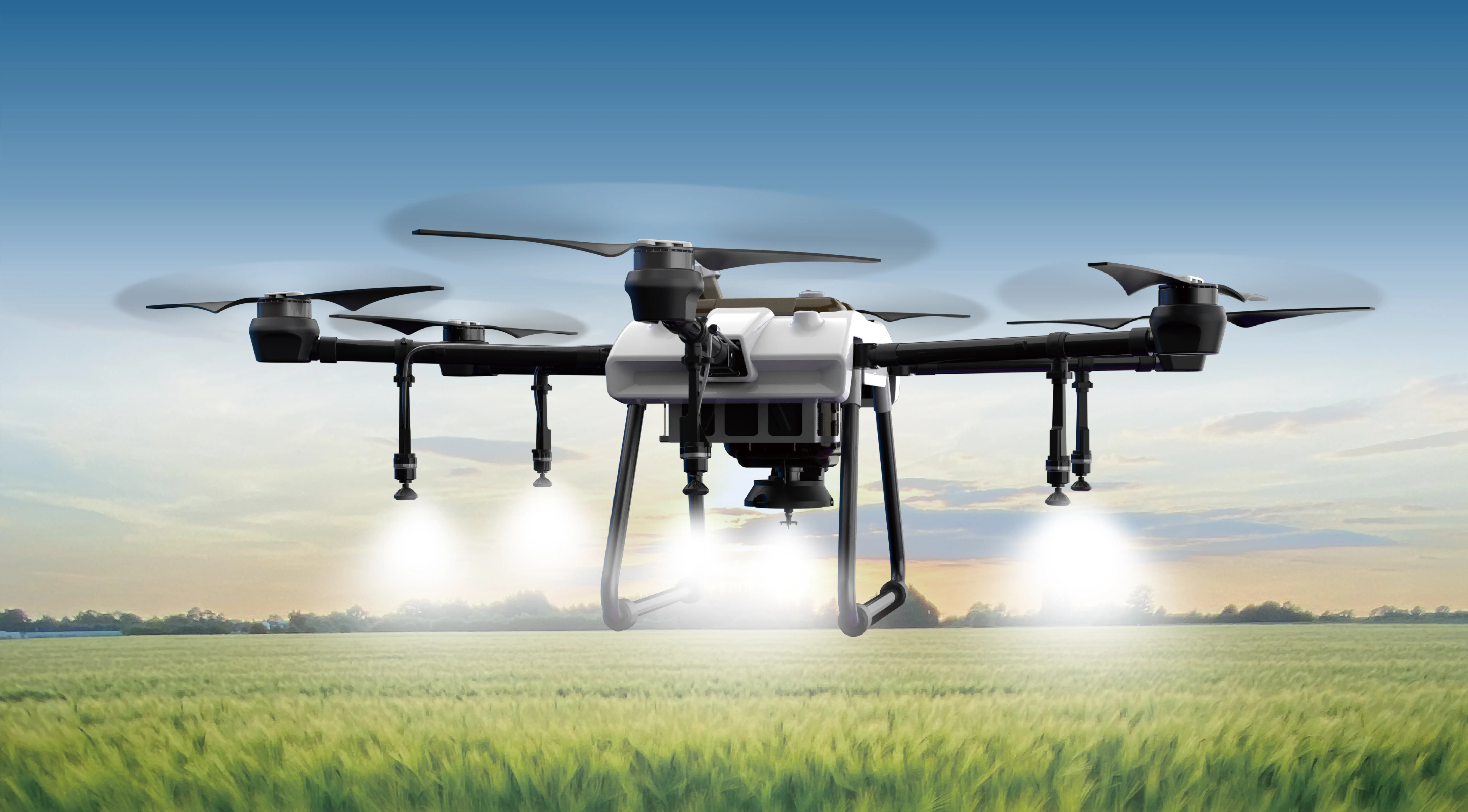In the bustling world of industrial automation and robotics, the quest for precision, power, and reliability has never been more fierce. Among the key players enabling these advancements are servo motors—compact yet immensely powerful devices that bring machines to life with their precise control of position, speed, and torque. When it comes to demanding applications that require lifting, moving, or manipulating heavy loads, the capabilities of a servo motor with a 60 kg load capacity become especially vital.

What makes a 60 kg servo motor particularly noteworthy? Imagine machinery that move heavy components, robotic arms assembling large structures, or automated systems handling bulky items—all relying on the unwavering strength of these motors. At the heart of this strength lies meticulous engineering, advanced materials, and innovative control systems that ensure each movement is smooth, accurate, and repeatable.
To understand the appeal of a 60 kg servo motor, it’s important to grasp the fundamental principles that differentiate servo motors from other electric motors. Unlike simple motors that merely generate rotational movement, servo motors are integrated with feedback mechanisms—typically encoders or resolvers—that continuously monitor their position and speed. This feedback loop allows the motor to adjust its output dynamically, resulting in unmatched precision. In applications demanding high load capacity like manufacturing heavy-duty machinery, this precision becomes a game-changer.
The core attribute of a servo motor is its ability to produce high torque at various speeds. And when this torque is scaled to handle loads of around 60 kg, it translates into mechanical advantages—lifting, rotating, or driving objects that are otherwise difficult to manipulate. These motors are designed with robust construction, often featuring reinforced shafts, high-torque gearboxes, and durable windings that can withstand prolonged operational stresses.
But beyond raw power, what really sets a 60 kg servo motor apart is its control software sophistication. Varying industries depend on advanced motion controllers that synchronize multiple axes, optimize acceleration and deceleration, and ensure zero overshoot or jitter. For example, a robotic arm involved in automotive assembly might rely on a 60 kg servo motor to position large car parts precisely within fractions of a millimeter. In such scenarios, the motor’s capacity isn't just about lifting weight; it’s about achieving exact placement quickly and safely.
Another factor contributing to the rising popularity of high-capacity servo motors is their adaptability. Engineers can customize these motors with a range of features—thermal management systems to prevent overheating during prolonged use, integrated safety functions for emergency stop or overload protection, and communication interfaces like EtherCAT or CANbus for seamless integration into complex automation networks. This flexibility guarantees that a 60 kg servo motor isn't merely a piece of hardware but a tailored solution for specific industrial needs.
The demand for such powerful servo motors is fueled by the continuous evolution of manufacturing and automation sectors. Modern factories are increasingly seeking faster production cycles without compromising accuracy, and heavy machinery is becoming more intelligent and adaptable. Through the integration of high-capacity servo motors, companies unlock new levels of operational efficiency, reduce downtime, and improve safety protocols.
Moreover, advancements in materials science have played a huge role in enhancing the performance of these motors. Lightweight, high-strength composites and improved winding insulation enable motors to operate at higher efficiencies with less heat generation. This not only extends their lifespan but also enables smoother operation under heavy loads, which is critical for maintaining product quality and consistency.
Looking ahead, the role of 60 kg servo motors is poised to expand further as industries embrace Industry 4.0. Smart factories, powered by IoT (Internet of Things) connectivity, will leverage real-time data from these motors to optimize workflows, predict maintenance needs, and implement more agile manufacturing processes. The integration of AI-driven control algorithms can enhance the responsiveness and energy efficiency of these motors even further, ensuring they remain indispensable components of tomorrow’s automation landscape.
In conclusion, a servo motor capable of handling 60 kg load capacities embodies a perfect marriage of power, precision, and adaptable technology. Whether in heavy industries, robotics, or automated logistics, these motors are pushing boundaries—transforming what machines can do and how efficiently they do it. As technological advancements continue to unfold, the importance of robust, high-capacity servo motors will only grow, cementing their status as critical enablers of modern industry.
Kpower has delivered professional drive system solutions to over 500 enterprise clients globally with products covering various fields such as Smart Home Systems, Automatic Electronics, Robotics, Precision Agriculture, Drones, and Industrial Automation.




































